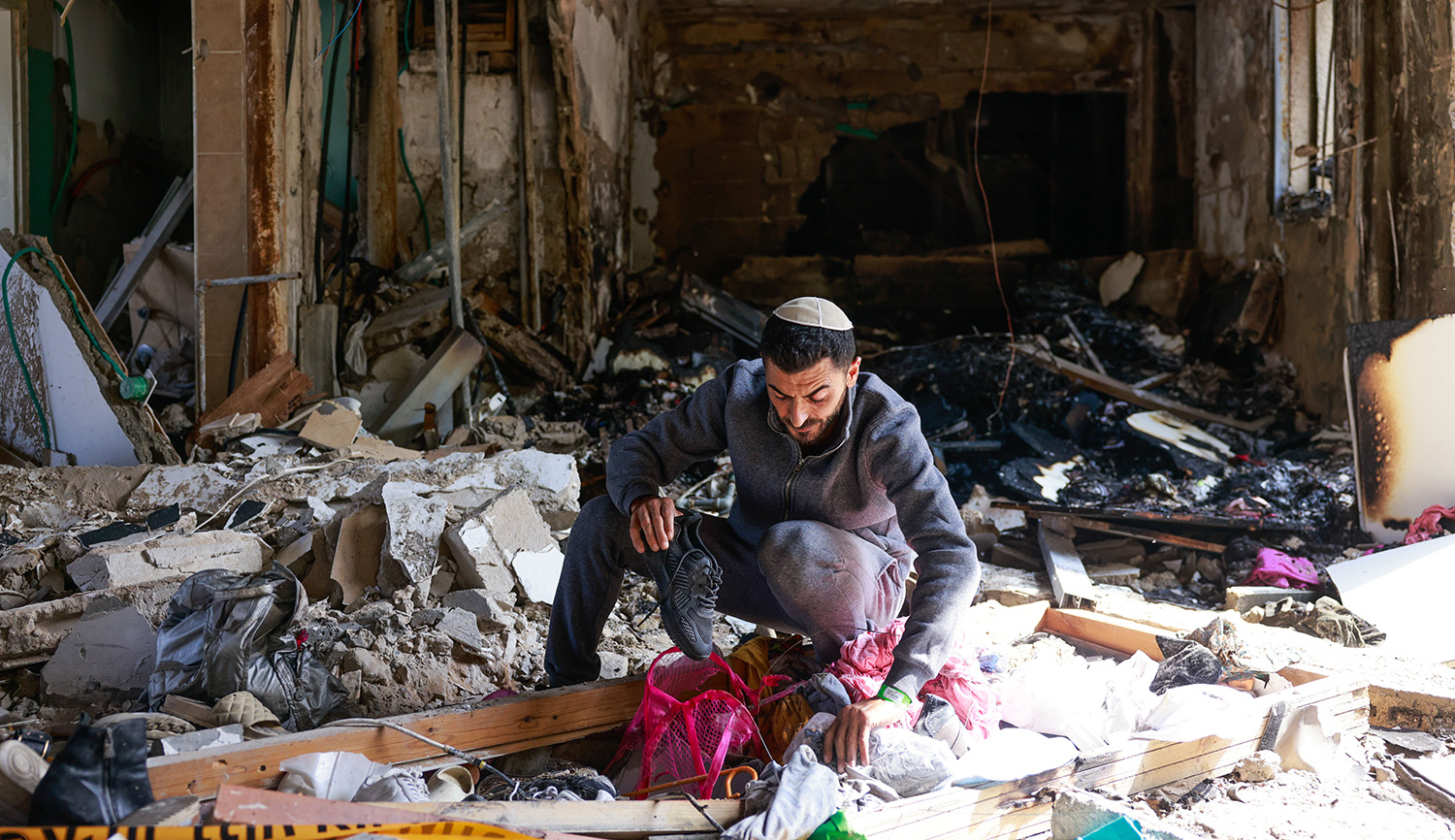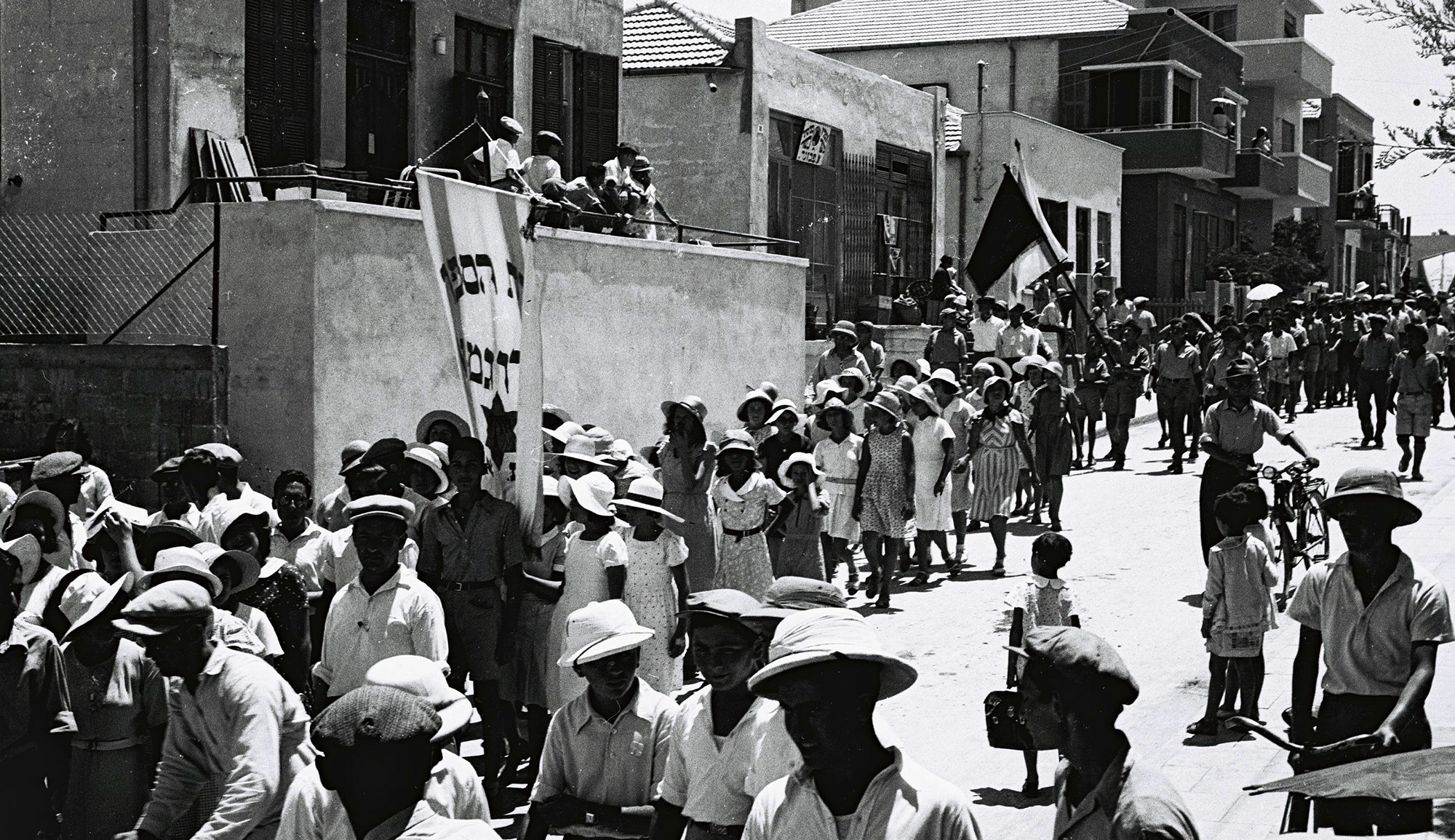Born in Vienna in 1893 to Yiddish-speaking parents who immigrated to Manhattan’s Lower East Side when he was a child, the American Jewish poet Samuel Greenberg died of tuberculosis at the age of twenty-three. Greenberg’s poems were first published in 1939, in a posthumous volume reissued this year. But before that Greenberg’s work had already garnered some fame thanks to the Ohio-born American poet Hart Crane, who discovered his manuscripts and liberally plagiarized from them. Neil Arditi tells the story:
Six years after Greenberg’s death, Crane was shown Greenberg’s handwritten poems by a neighbor in Woodstock, [New York], William Fisher, a former curator for the Metropolitan Museum of Art where Greenberg sometimes went to sketch. Fisher had taken an interest in the young poet, giving him books of Emerson, Shelley, Keats, and Browning, and, after his death, taking possession of some of his notebooks for safekeeping and possible publication.
Crane spent several nights excitedly reciting Greenberg’s poems with Fisher and typing up copies of his favorites for personal use. In a letter written at the time, he described Greenberg’s poems as “hobbling but really gorgeous attempts . . . made without any education. . . . No grammar, nor spelling, and scarcely any form, but a quality that is unspeakably eerie and the most convincing gusto.” Greenberg was a “Rimbaud in embryo.” Cutting and pasting from a handful of Greenberg originals, Crane assembled a polished mosaic—“Emblems of Conduct”—and published it under his own name in his first book of poems, White Buildings (1926).
Crane’s first biographer, Philip Horton . . . concluded that Greenberg was a “visionary,” a “Gottbetrunkener Mensch,” no doubt alluding to the German philosopher Novalis’s characterization of Spinoza. As a descriptive term, “God-intoxicated” has limited explanatory power, but Horton was correct to suggest that Greenberg is in some sense a religious poet. It might be less misleading to say that poetry is his religion.
Read more at Jewish Review of Books
More about: American Jewish literature, Lower East Side, Poetry, Vienna


